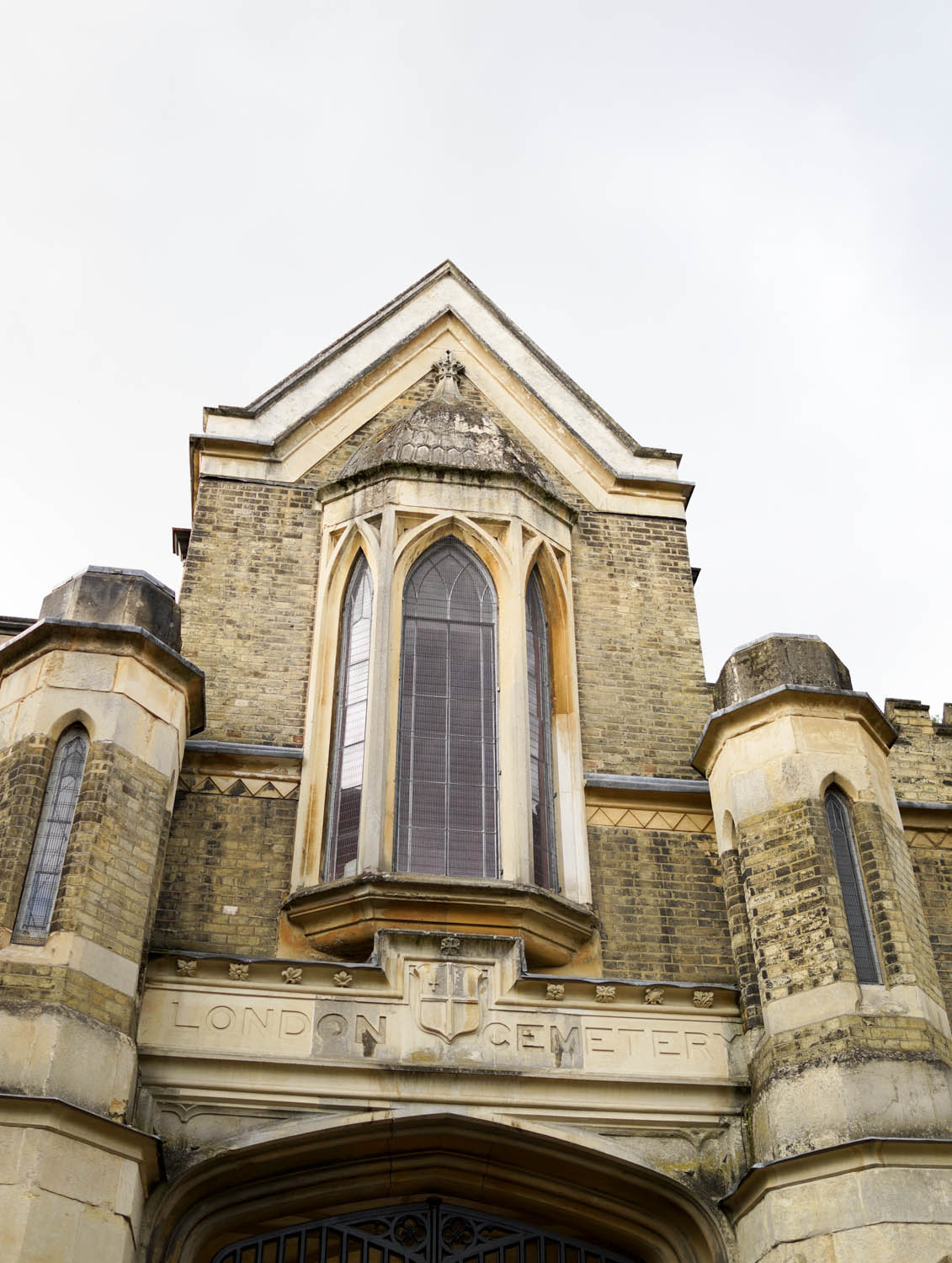
On an overcast day in October, I took a trip to Highgate Cemetery — one of London’s most famous Victorian cemeteries.
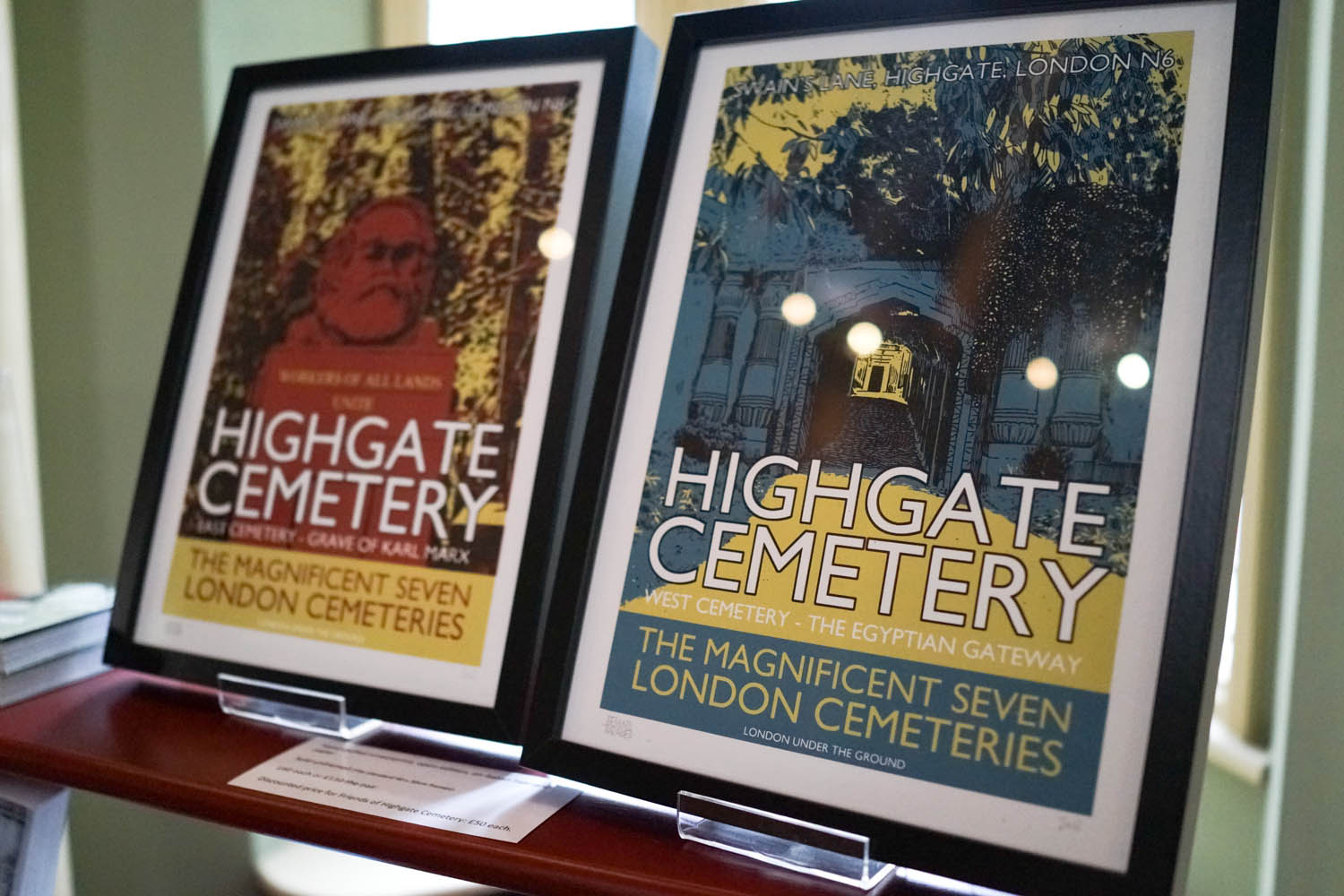
Around the mid-1800s, London’s population was booming and small churchyards — which had served as burial grounds until that point — were full. To alleviate overcrowding and sanitation issues, Parliament passed a bill to encourage the building of larger, privately-operated cemeteries. Seven new cemeteries, including Highgate Cemetery, opened on the then outskirts of London; they were later dubbed “The Magnificent Seven London Cemeteries.”
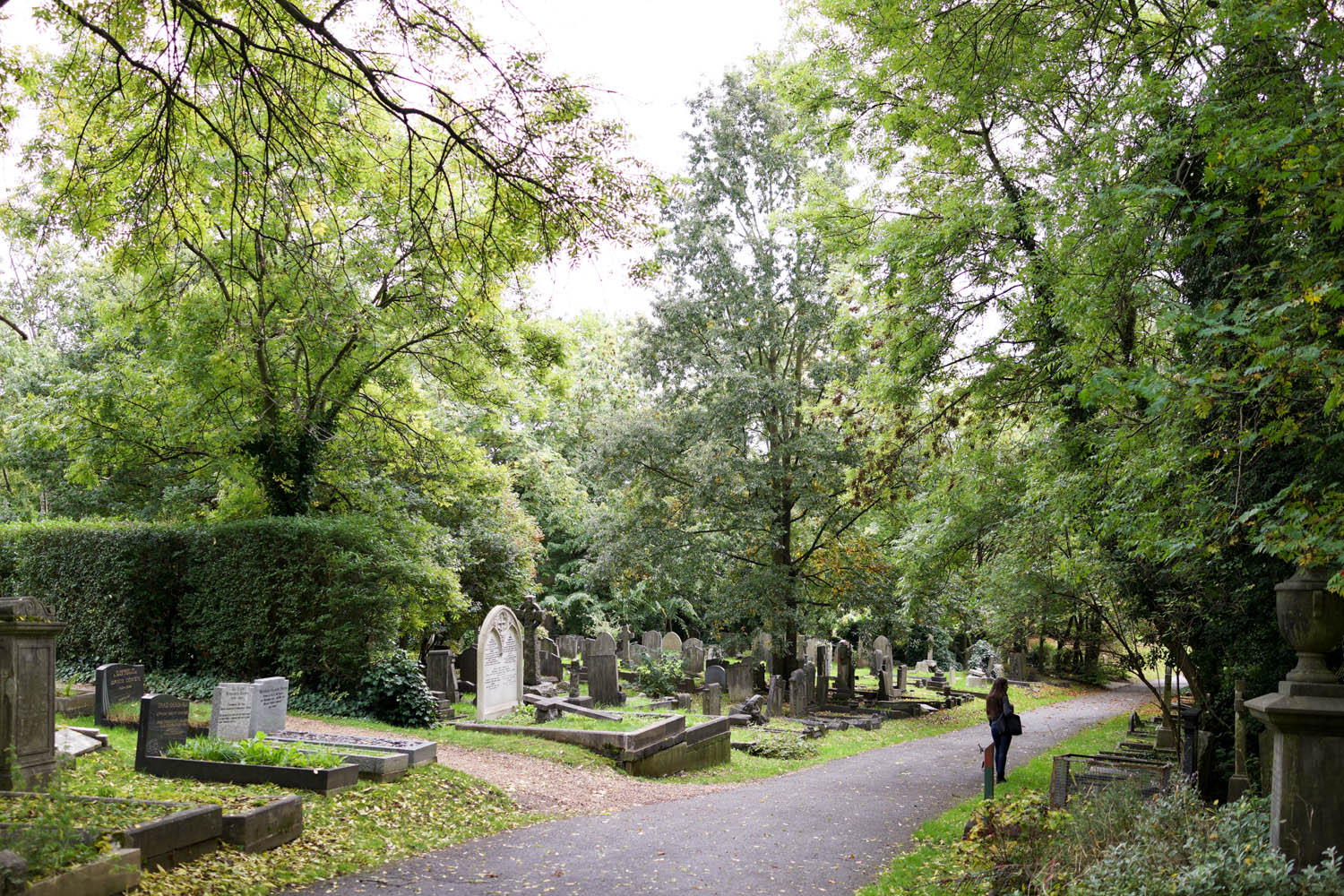
Highgate Cemetery is still a working cemetery; it’s comprised of two sections — the East and West. The East Cemetery is open to the public, and the admission fee includes a map which provides the locations of notable graves like:
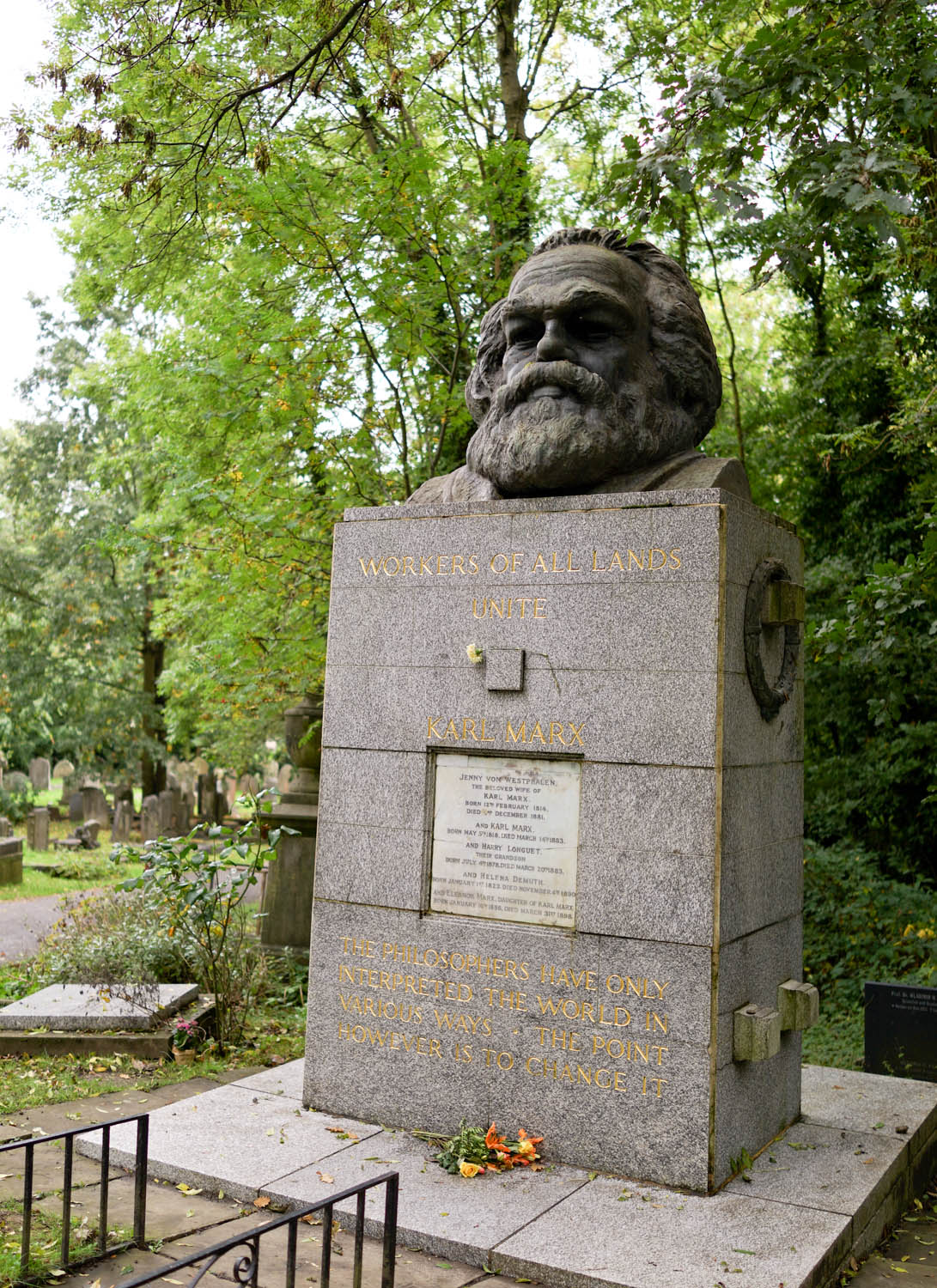
Karl Marx, the most famous resident of Highgate East.
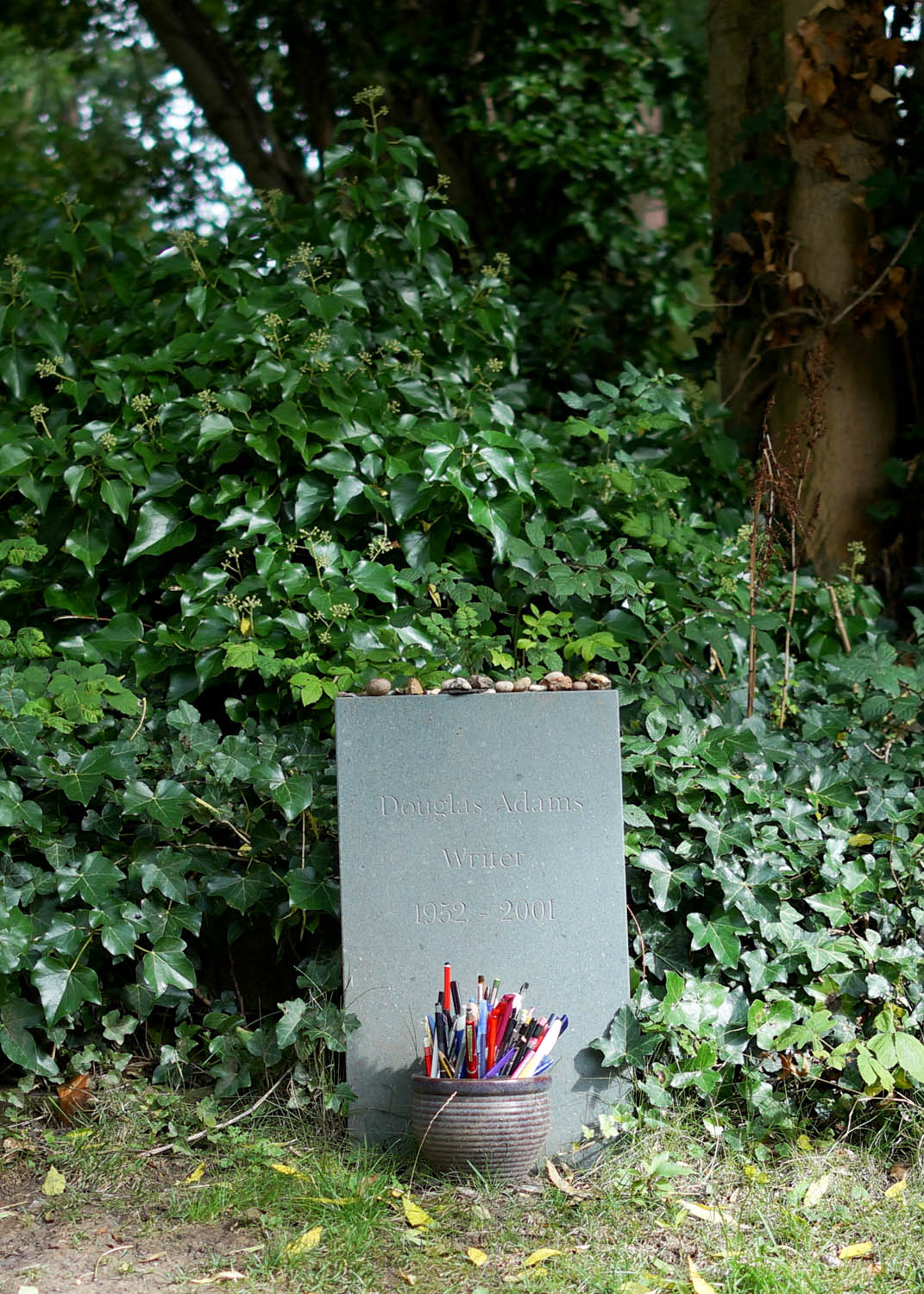
Douglas Adams, author of The Hitchhiker’s Guide to the Galaxy, is also buried here, along with George Eliot, Malcolm McLaren, and Patrick Caulfield.
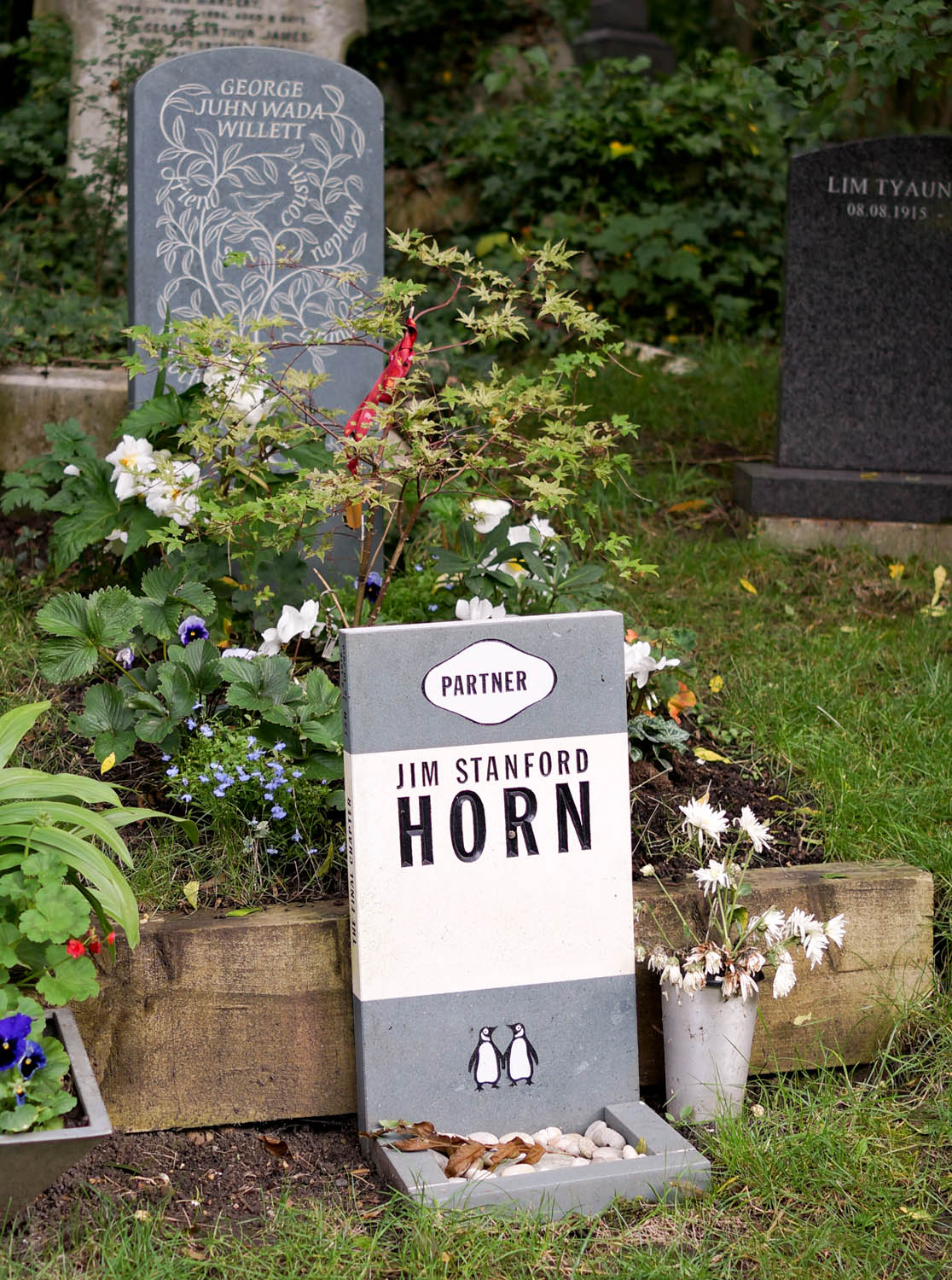
There are plenty of interesting graves to see, even without the map.
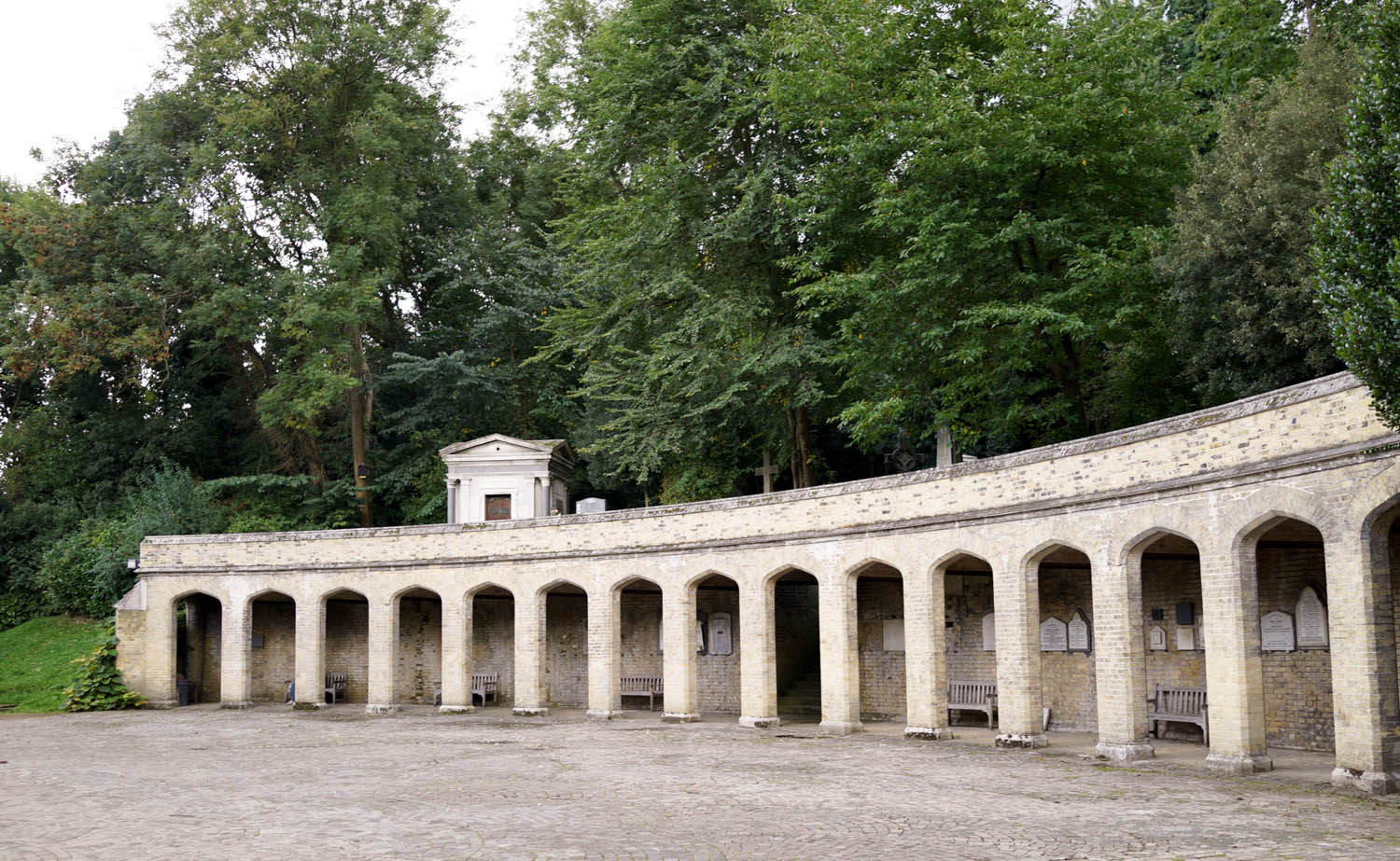
The West Cemetery is only accessible to the public by guided tours. I booked a few weeks in advance for a weekday tour, because tours regularly sell out. There are no advance bookings for weekend tours and spaces are limited, so make sure to plan ahead. Admission to the East Cemetery is included with a tour of the West Cemetery.
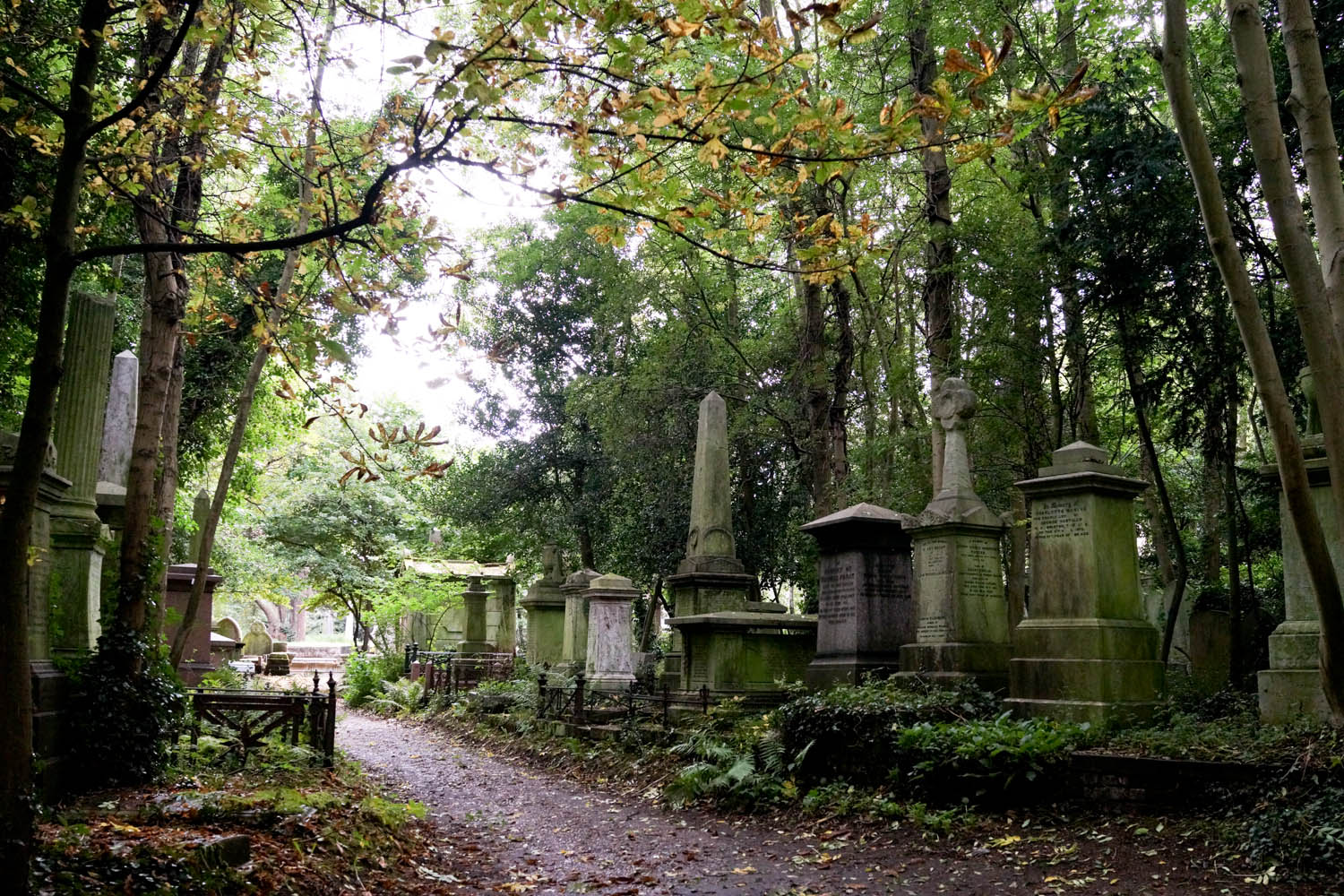
The West Cemetery is much more unkempt and moody.
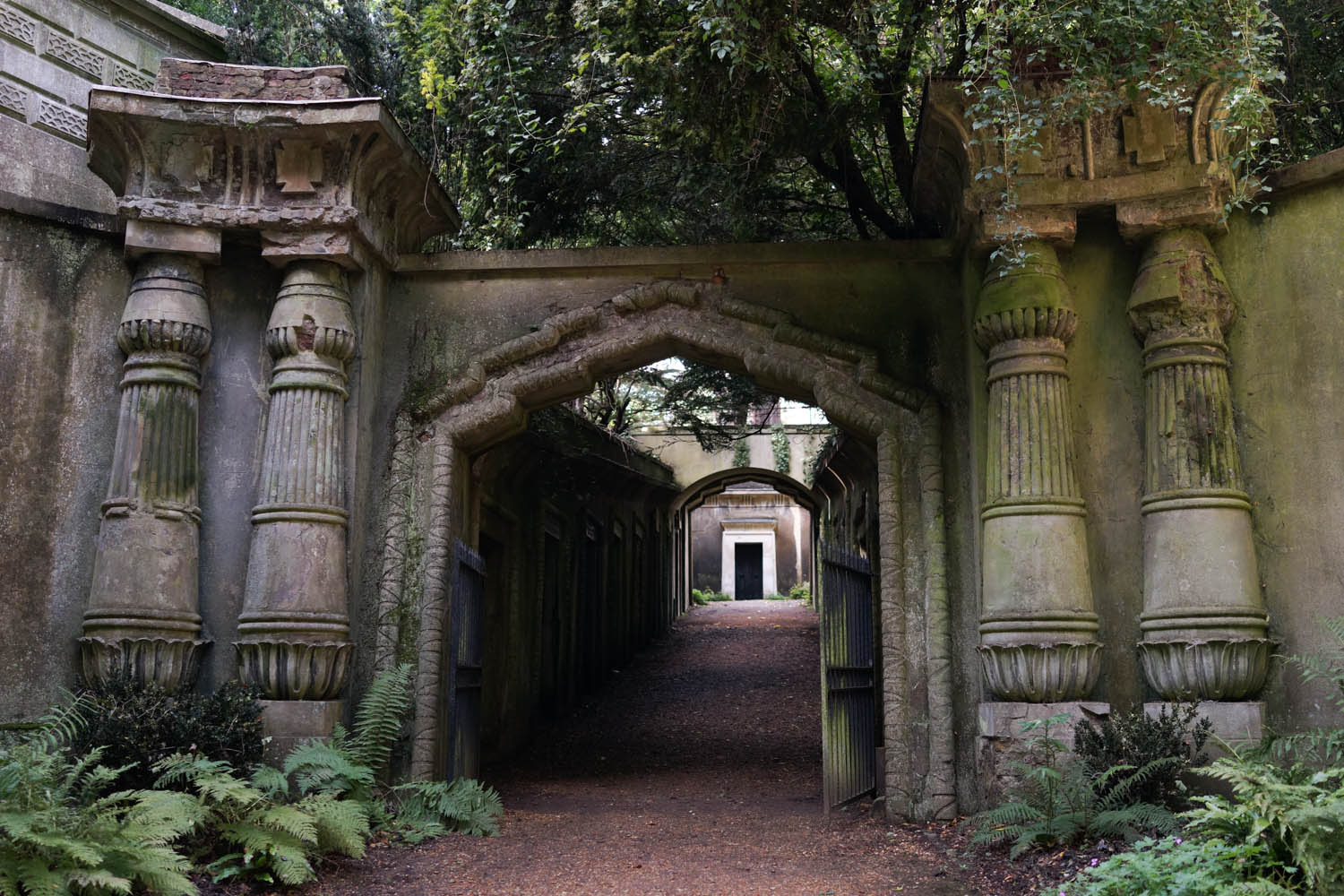
The Victorians were fascinated by ancient Egypt; Egyptian influences can be seen throughout Highgate, like at the entrance of the Egyptian Avenue.
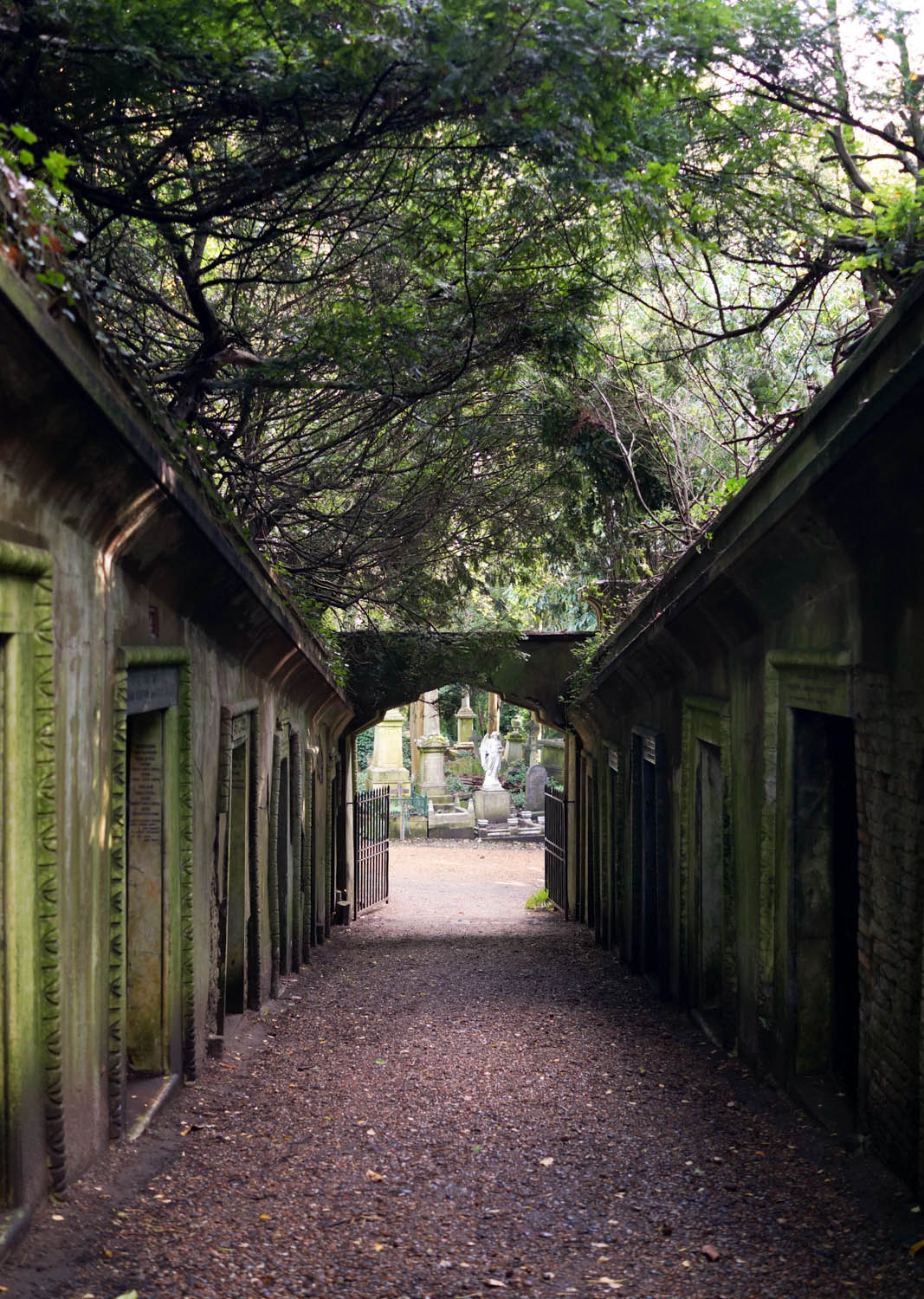
The Egyptian Avenue is flanked on both sides by tombs.
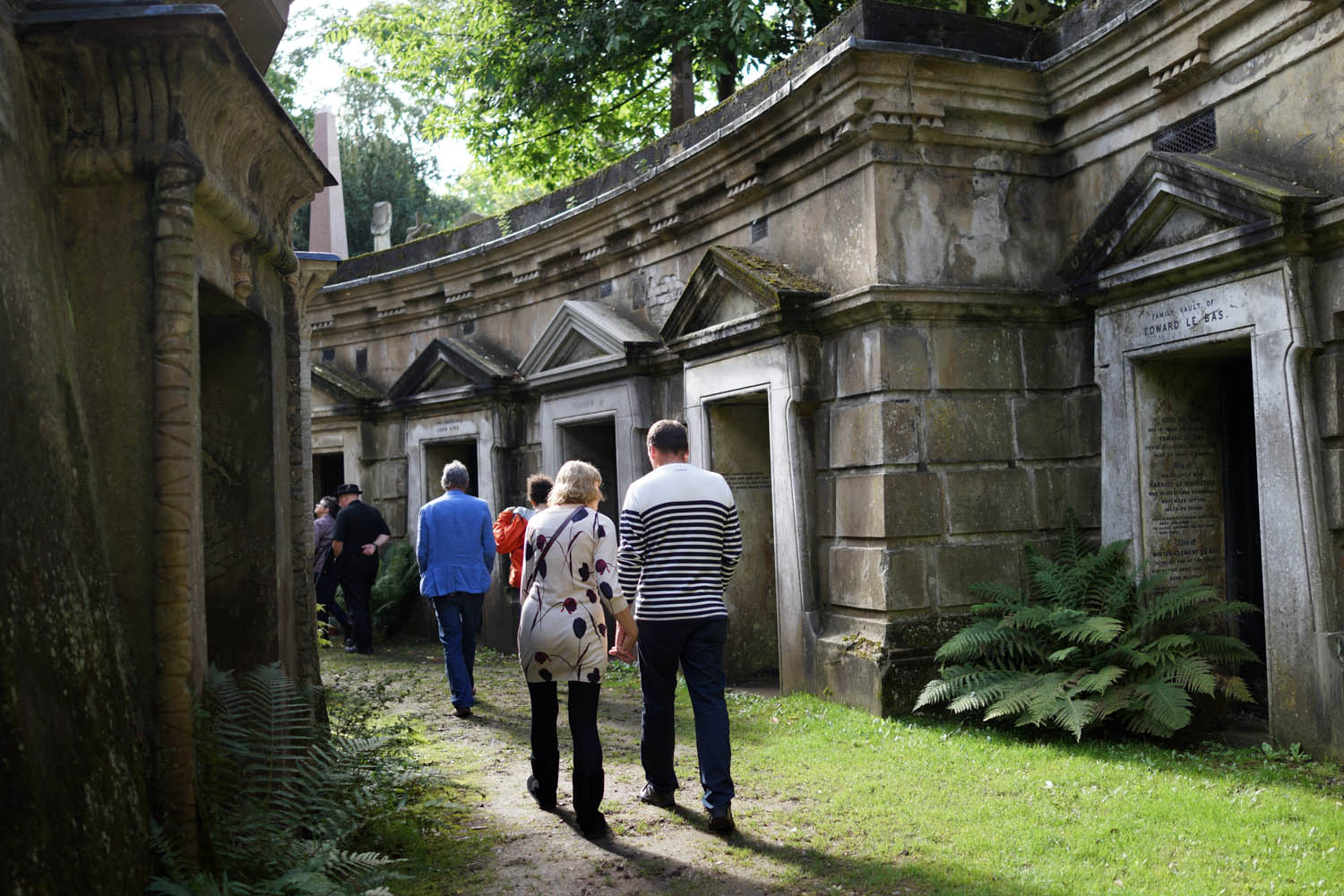
It leads to the Circle of Lebanon, a circle of vaults built around a giant cedar tree.
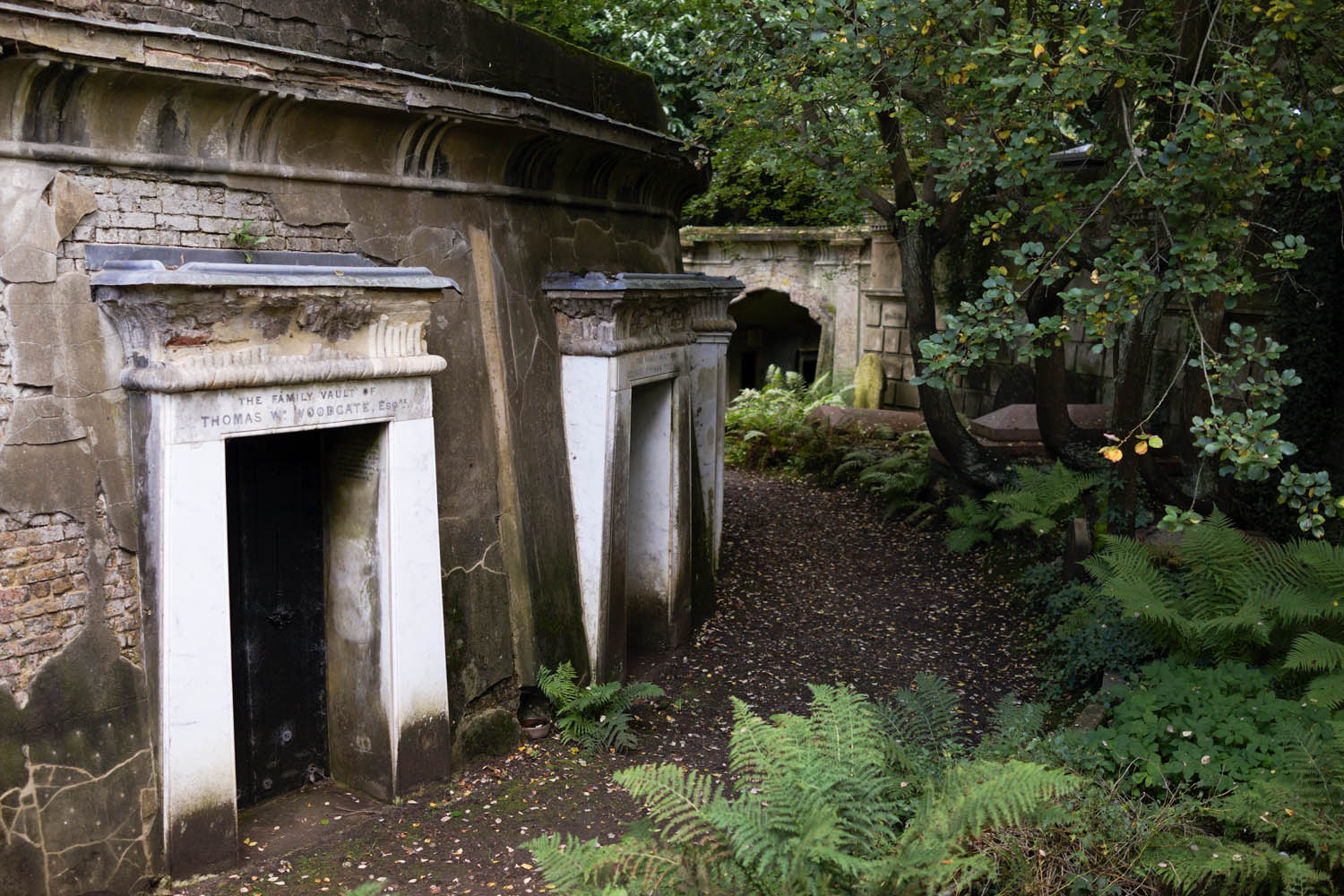
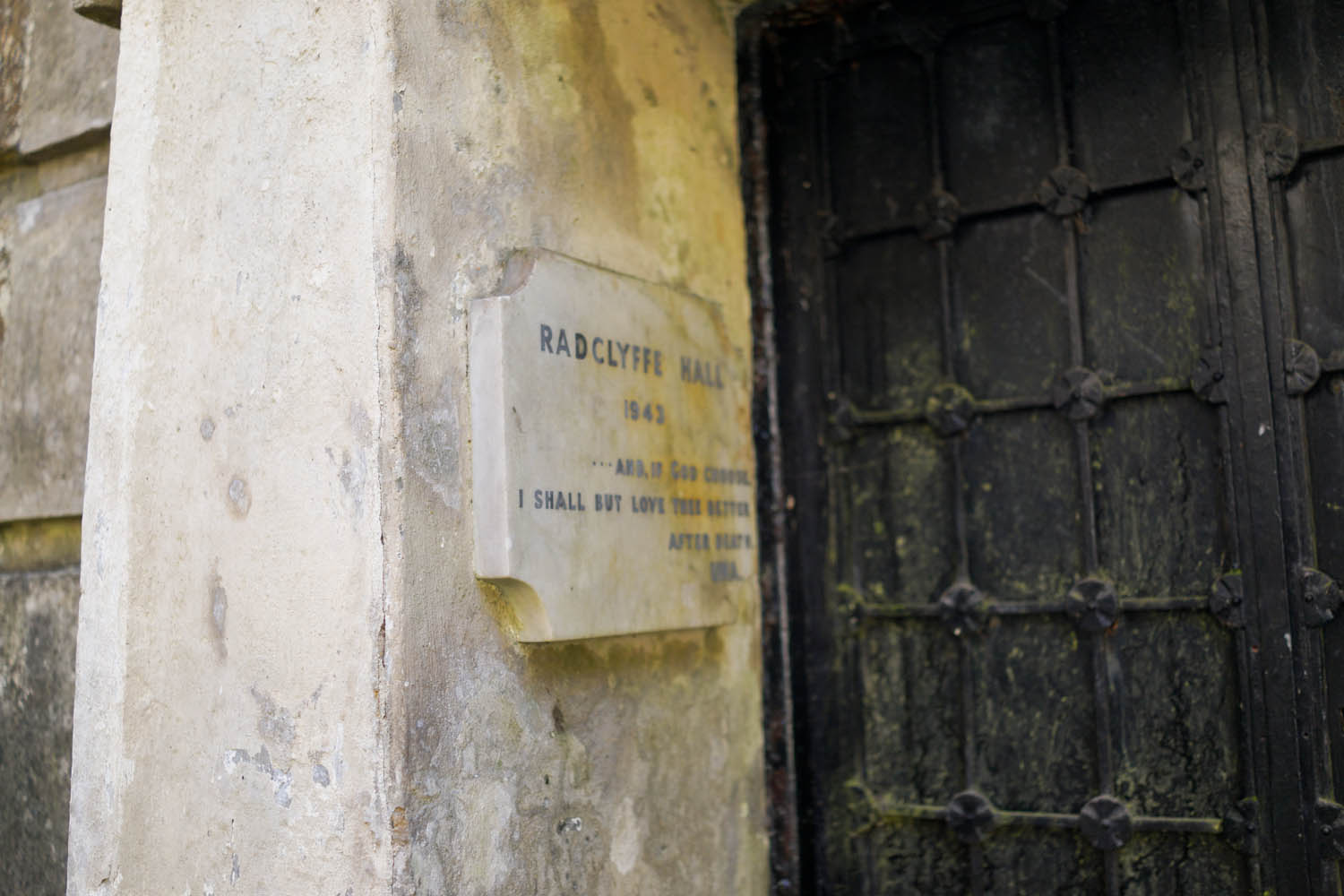
Radclyffe Hall, author of The Well of Loneliness, is interred in a vault in the Circle of Lebanon with her first love Mabel Veronica Batten.
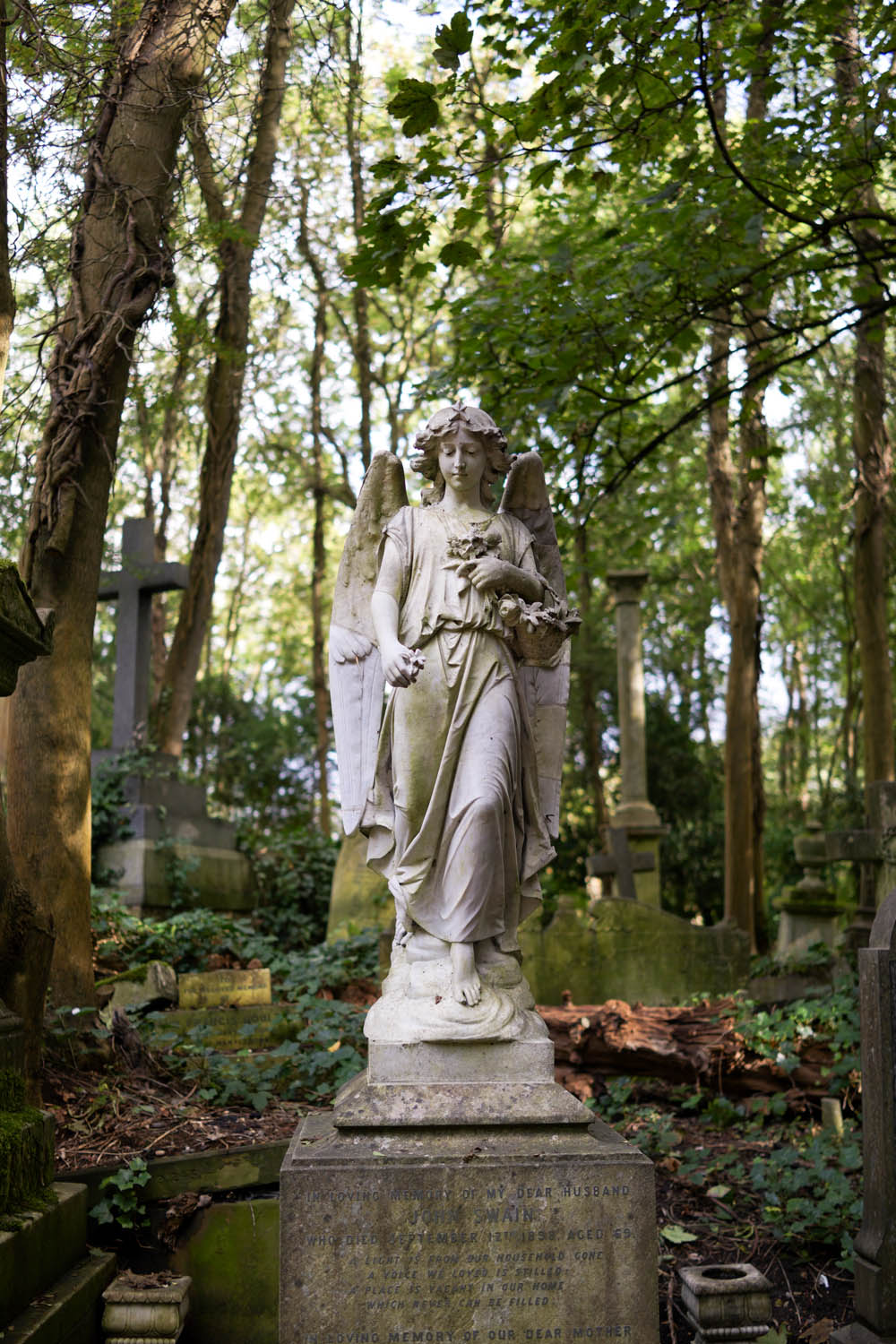
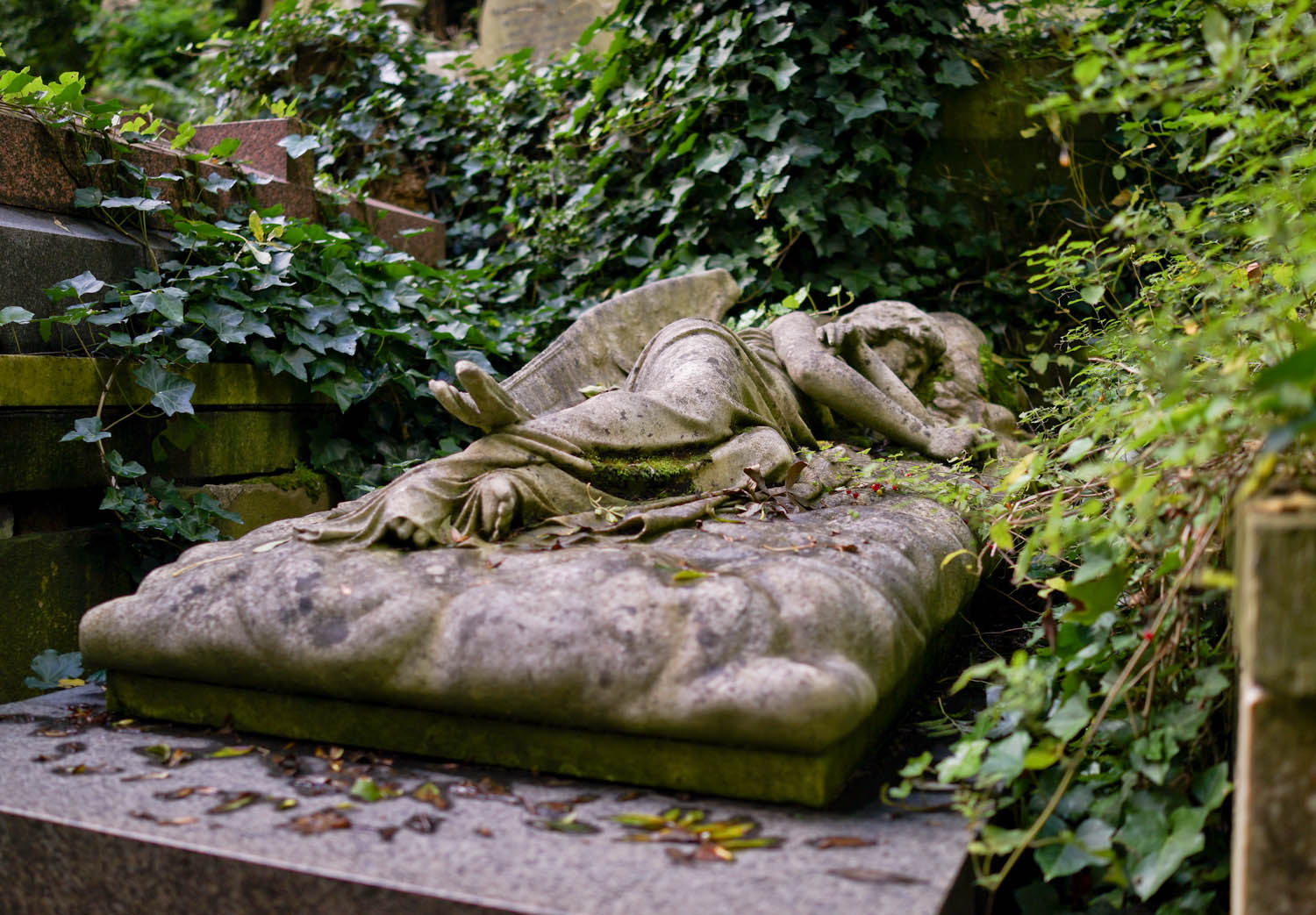
Angels are a common grave marker, but there is a rare sleeping angel at the tomb of Mary Nichols.
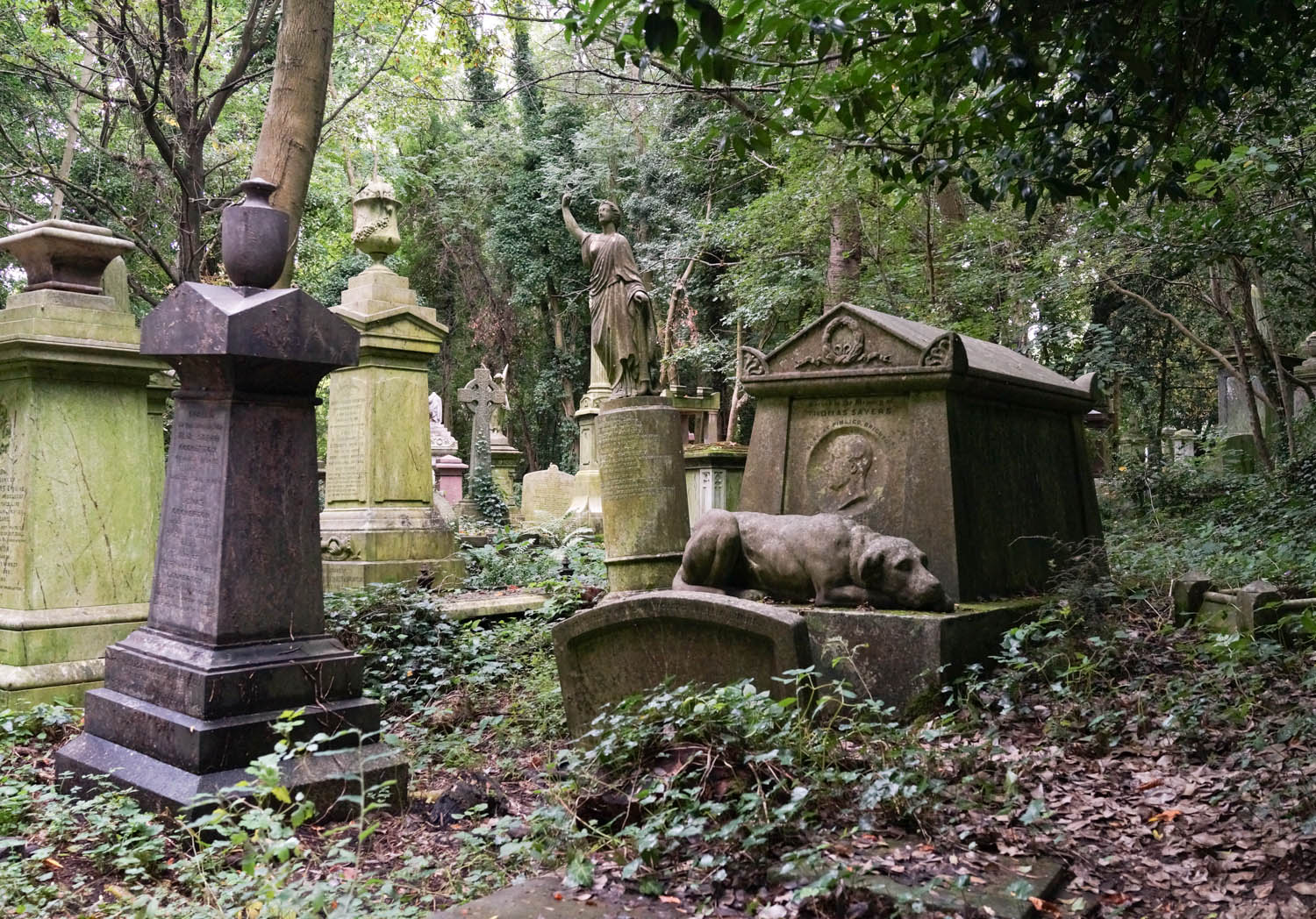
Some monuments are quite literal; this is the tomb of popular Victorian boxer Thomas Sayers with his loyal dog Lion.
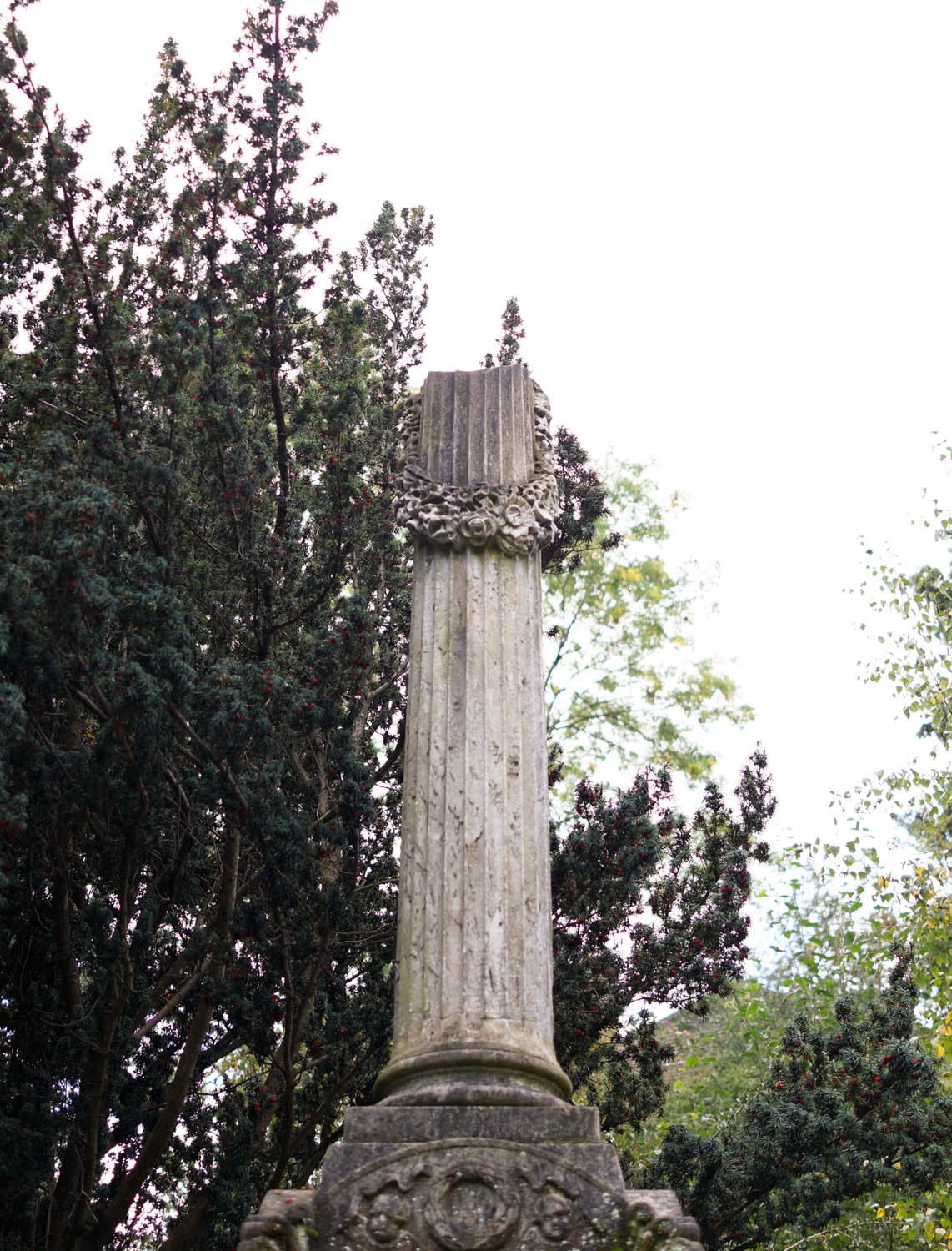
Many of the monuments are symbolic; our guide pointed out some of the more common ones, like a broken column, which symbolizes a life cut short or the death of the head of the family. The wreath symbolizes victory in death.
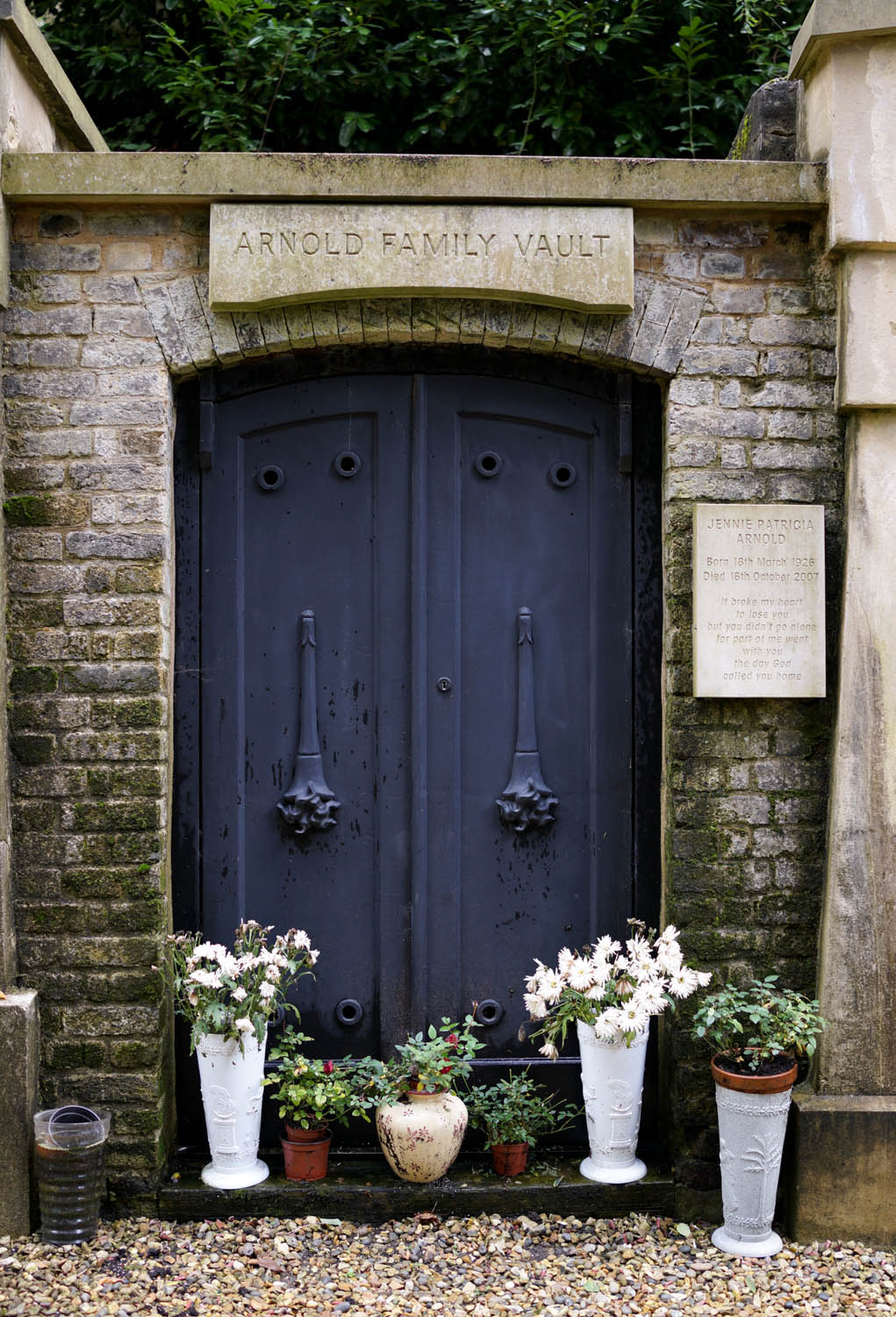
Another commonly seen symbol are inverted torches — the end of life, the extinguished flame.
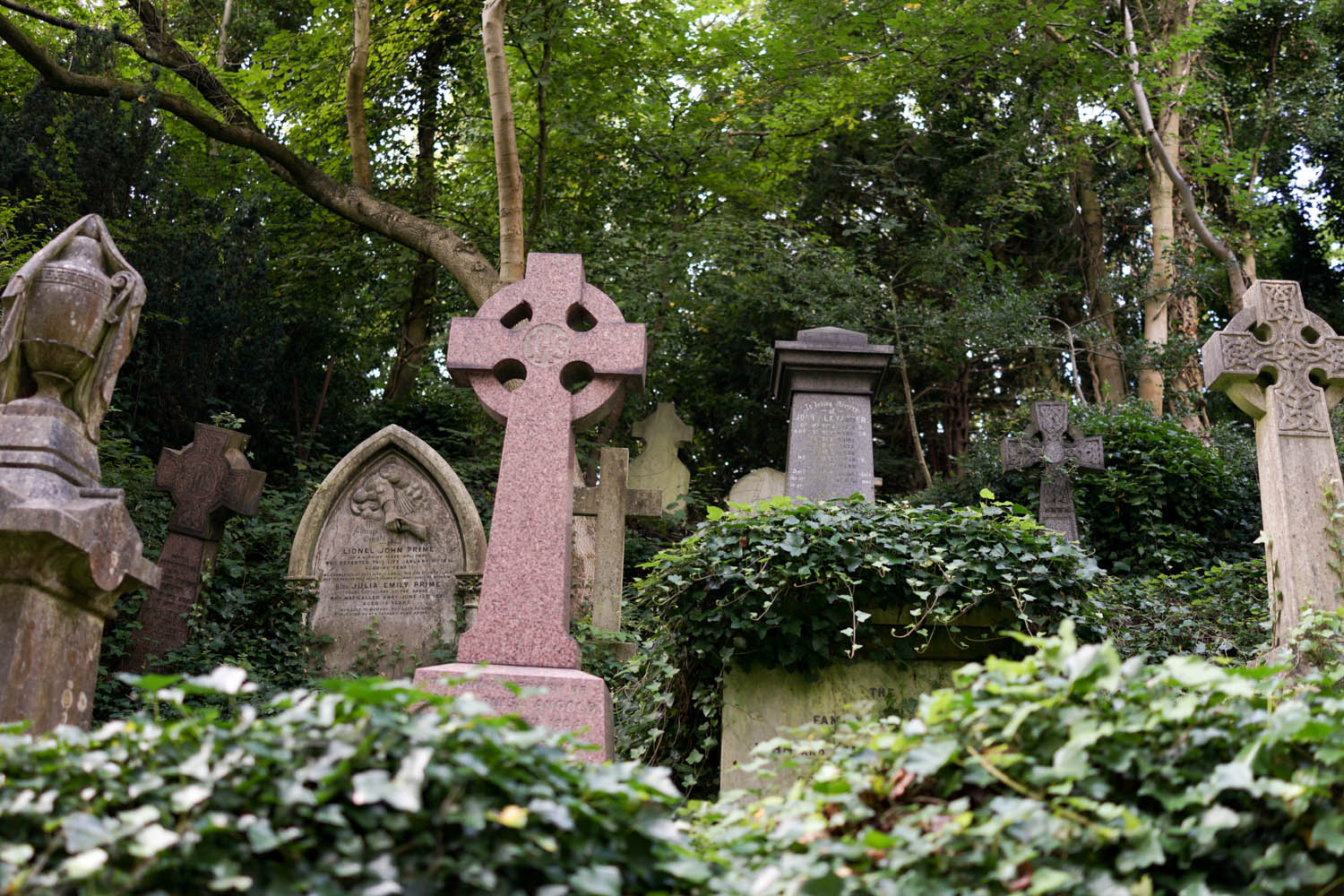
The West Cemetery tour lasts about an hour and includes other stops like the Terrace Catacombs and the Mausoleum of Julian Beer, the most expensive monument in the cemetery.
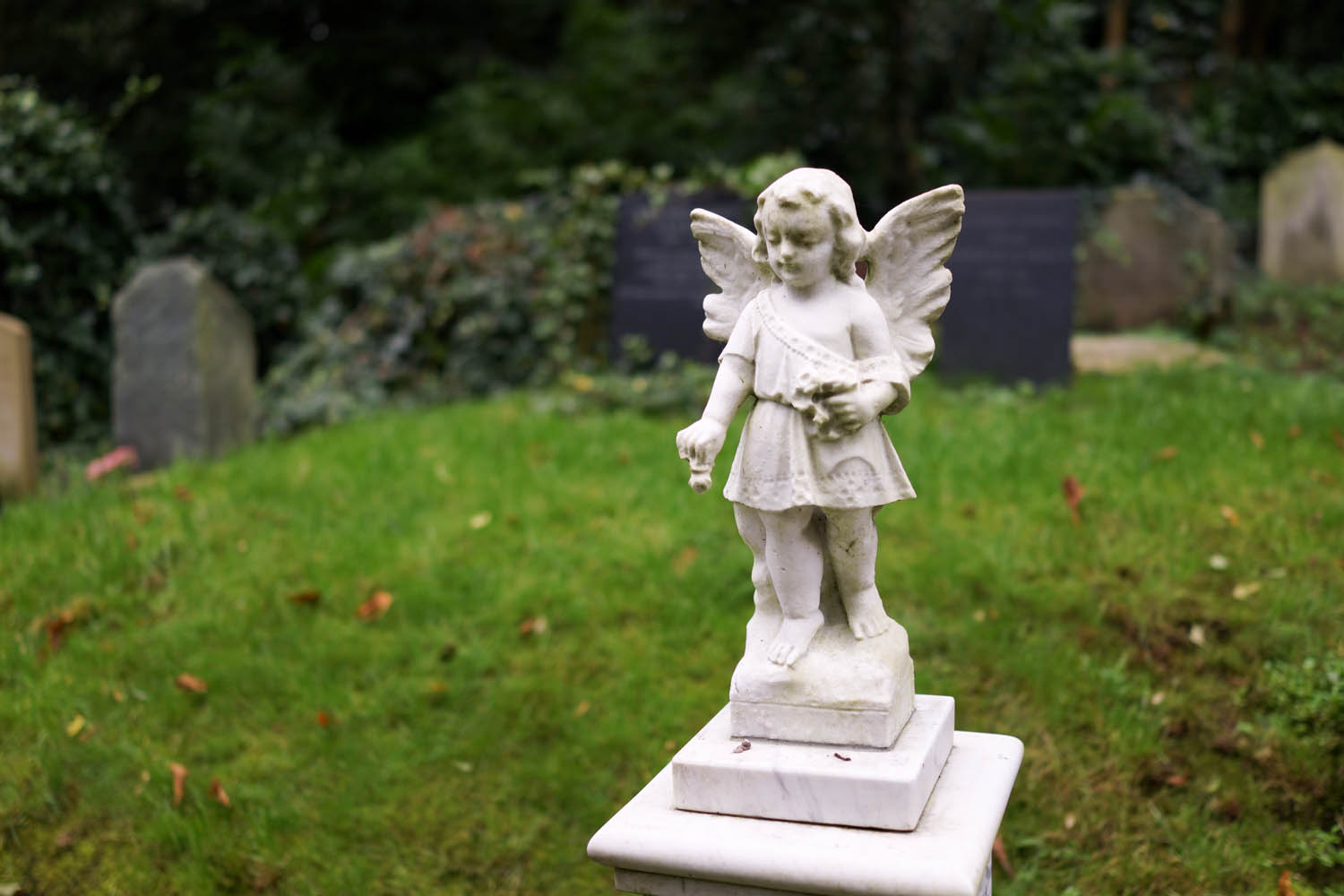
At the end of my visit, I felt like I took a gothic ramble through time. When can I go again?